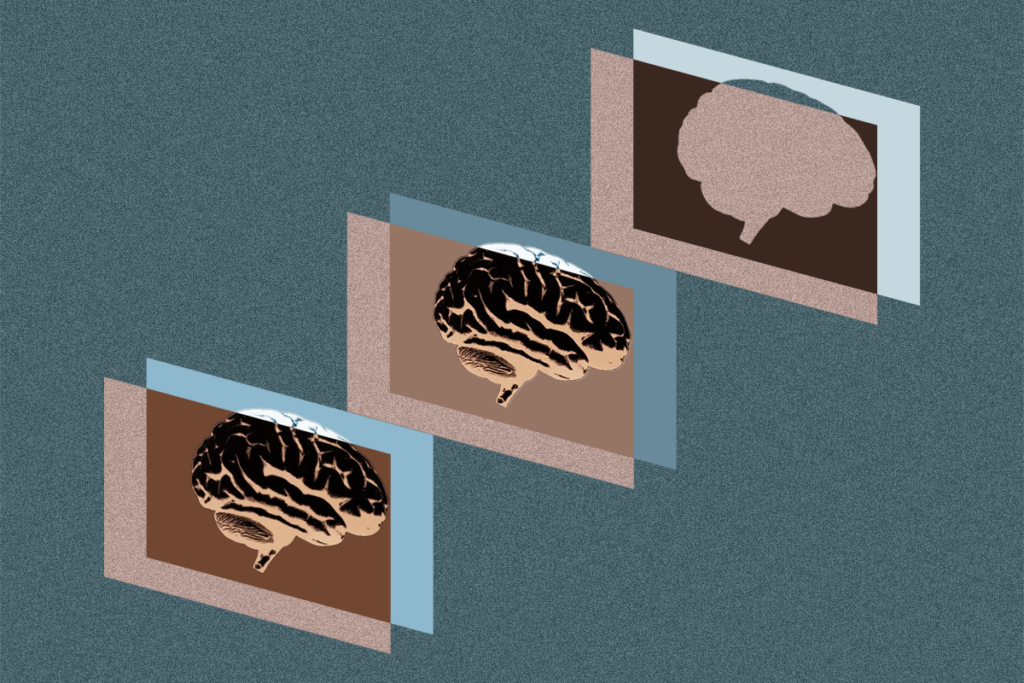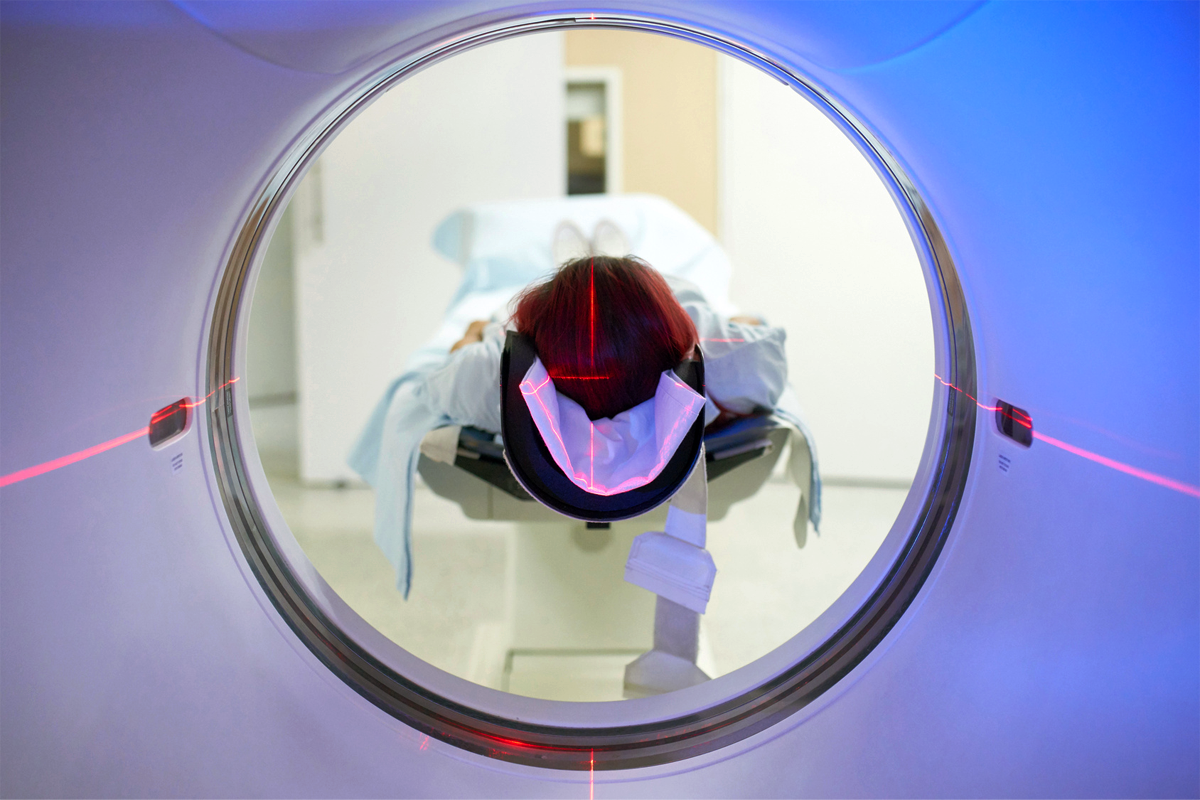
Longer fMRI brain scans boost reliability—but only to a point
Around 30 minutes of imaging per person seems to be the “sweet spot” for linking functional connectivity differences to traits in an accurate and cost-effective way.
fMRI researchers have long faced a conundrum: Given finite resources and time to spend on scanning, is it better to scan lots of participants for a short time each, or a smaller number of people for a longer time?
A new study quantifies this tradeoff for brain-wide association studies (BWAS), which aim to link brain differences to physical and cognitive traits. Using large-scale public fMRI datasets, the team found that their ability to accurately predict cognitive features from functional connectivity data increased with sample size and with scan length, up to 20 minutes. But accuracy began to plateau for longer scans, and beyond 30 minutes, the added length (and cost) provided diminishing returns.
A half-hour seems to be the optimal scanning time, says Thomas Yeo, associate professor of electrical and computer engineering at the National University of Singapore and principal investigator of the study. Scan duration is “essentially providing a different knob for people to tune” to meet power requirements in their fMRI experiments, he says.
Although the neuroimaging community already knew that scan time is important and five minutes is insufficient, “this is one of the first major studies in the past few years to really quantitatively map that out” for BWAS studies, says Brenden Tervo-Clemmens, assistant professor of psychiatry and behavioral sciences at the University of Minnesota, who was not involved with the study. Tervo-Clemmens and his colleagues had previously shown in a 2022 study the importance of sample size in BWAS, calculating that these analyses need thousands of participants to get meaningful associations. This new study adds another part of the equation, he says.
Yeo’s team developed the Optimal Scan Time Calculator to help other neuroscientists design their own studies. “Democratizing these complex methodological issues into a usable package is really, really useful,” Tervo-Clemmens says.
Y
eo and his colleagues made use of data from the Human Connectome Project and the Adolescent Brain and Cognitive Development Study, both of which compile relatively long fMRI scans along with information about participants’ cognitive traits. (The ABCD Study’s most recent release omits data on gender identity, The Transmitter previously reported.)The team conducted a series of simulations to determine whether having more participants or longer scans for each one better predicts various cognitive and phenotypic traits. Prediction accuracy rose with increasing number of participants and with total scan time, when calculated for a study in which individual scan time was short (20 minutes or less), the team found. So, by increasing either of the two variables, researchers can boost prediction accuracy.
But when per-participant scans lasted more than 20 minutes, the gains from longer scans tapered more quickly than the gains from adding participants.
“If the goal is to predict, then 10 minutes is clearly not optimal,” says study investigator Csaba Orban, a postdoctoral fellow in Yeo’s lab.
The team developed a theoretical model that accurately captured the nuances that the researchers saw in the data simulations. Sample size and scan time were interchangeable for shorter scan times, but sample size was more important overall, the study shows. The theoretical model, they found, accurately predicted phenotypes across both datasets. The team published their findings last month in Nature.
In practical terms, there are overhead costs associated with fMRI studies in addition to the scanning time, including recruitment, behavioral testing, bloodwork and neurophysiological tests, among many others. Across 108 different scenarios with different overhead costs, the optimal scan time to get accurate predictions was at least 20 minutes; for achieving cost-effective, high prediction performance, 30-minute scans provided a 22 percent savings over the 10-minute scans, the team found.
“It’s useful to know that probably [10 to 15 minutes] is not optimal, because [researchers] are spending a lot of money,” says Martin Lindquist, professor of biostatistics at the Johns Hopkins Bloomberg School of Public Health, who was not involved with the study. “You want as high-quality data as possible, so as we get these big studies in the future, this would be a useful way to design the study to get as much bang for the buck.”
Although most of the analysis was done on data from resting-state fMRI, task-based fMRI could achieve similar prediction levels with even shorter time scans, they found. On the other hand, the most cost-effective BWAS design for studying subcortical regions needed double the brain scan time.
Although the study provides important “goalposts” for the fMRI field, these analyses are for single snapshots of the brain that do not account for some of the complications or practical limitations that can arise with other studies, Tervo-Clemmens says. “How much money and how we do the tradeoff really is going to depend on the patient population, how amenable they are to doing these long scans, and the type of science.”
But it’s an important start that might help neuroscientists conduct more cost-effective studies and even reveal important findings about the brain, Orban says. “I think if people extend scan time, it’s going to unlock things that at this point we don’t even know.”
Recommended reading

Timing tweak turns trashed fMRI scans into treasure
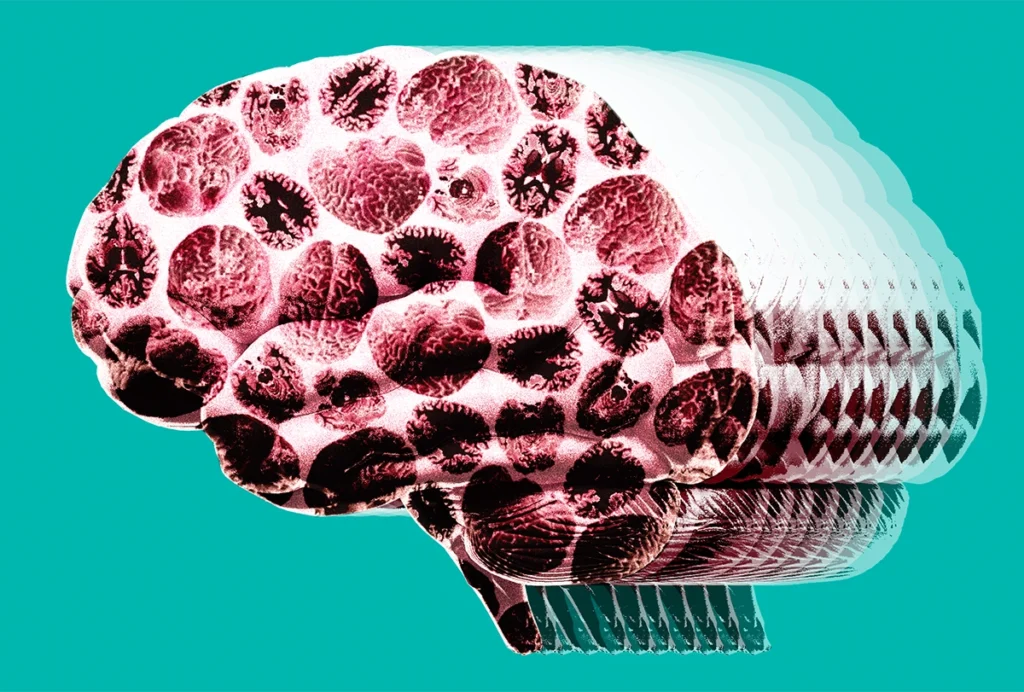
Breaking down the winner’s curse: Lessons from brain-wide association studies
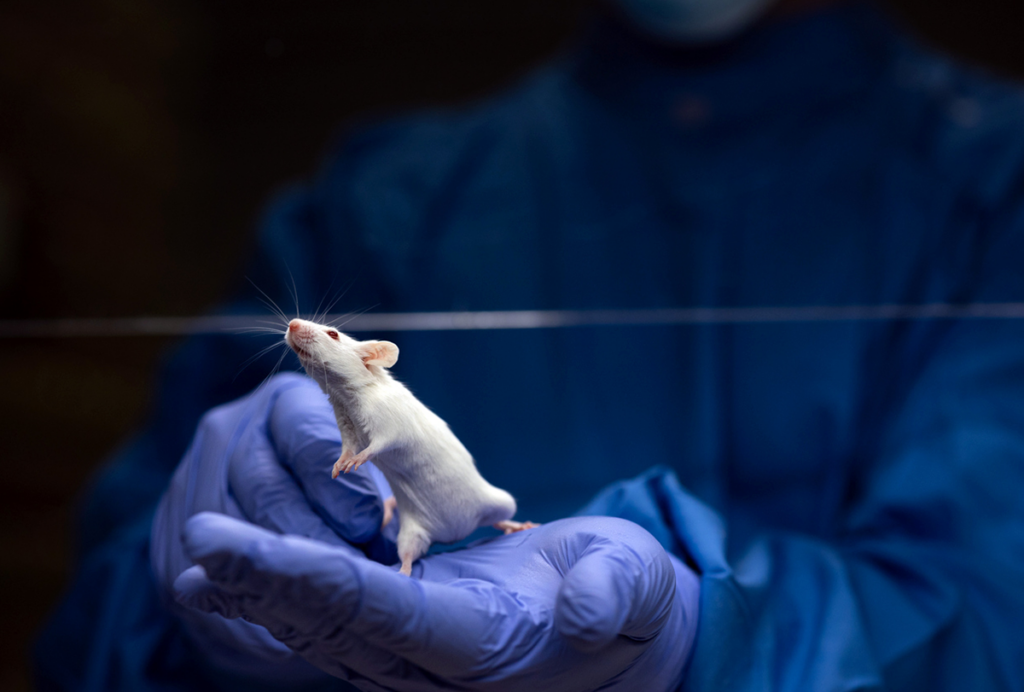
Psychedelics research in rodents has a behavior problem
Explore more from The Transmitter
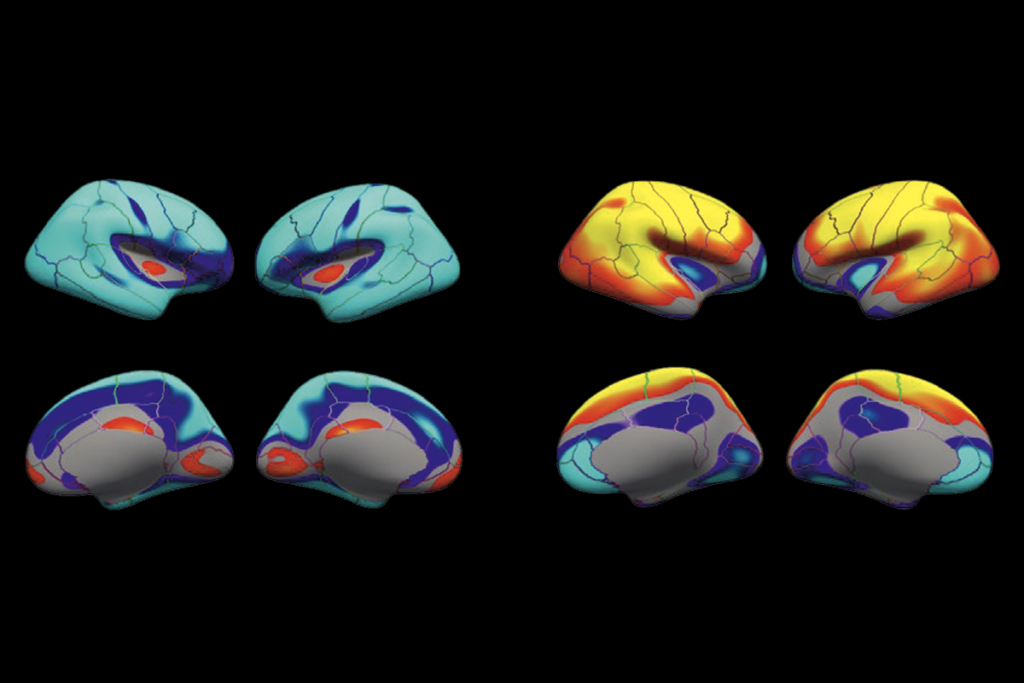
Poor image quality introduces systematic bias into large neuroimaging datasets
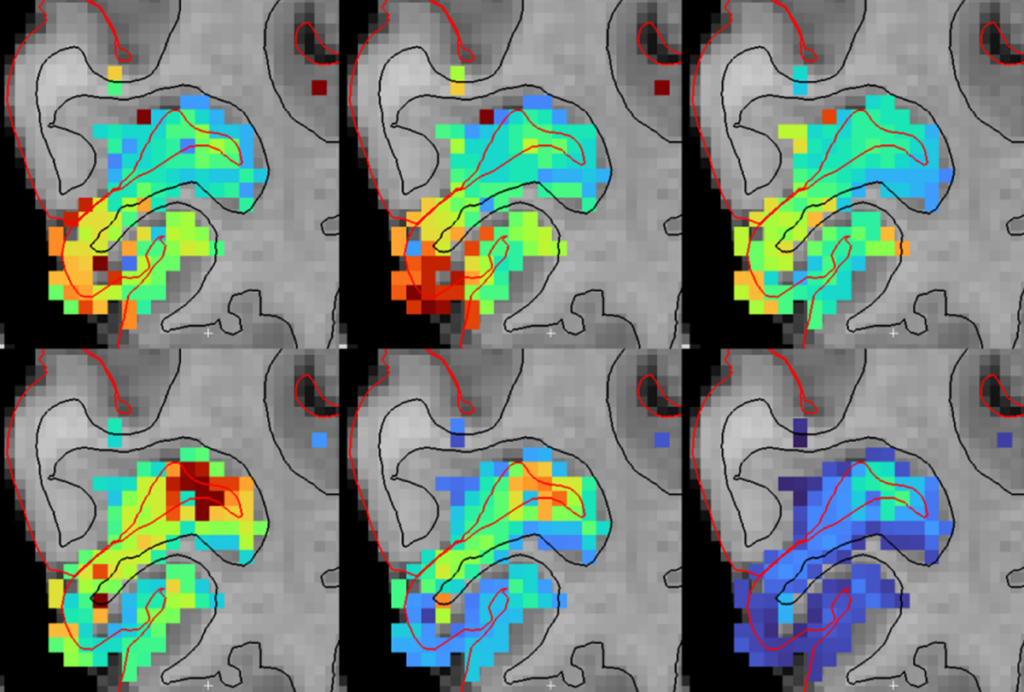
Functional MRI can do more than you think
